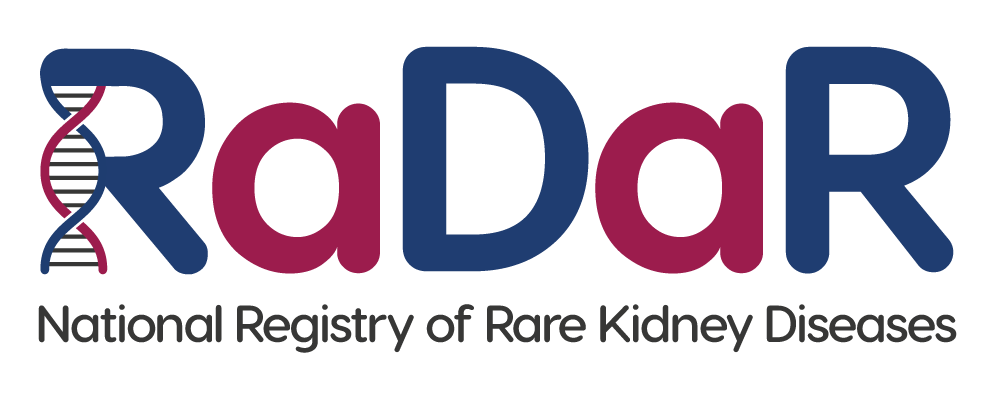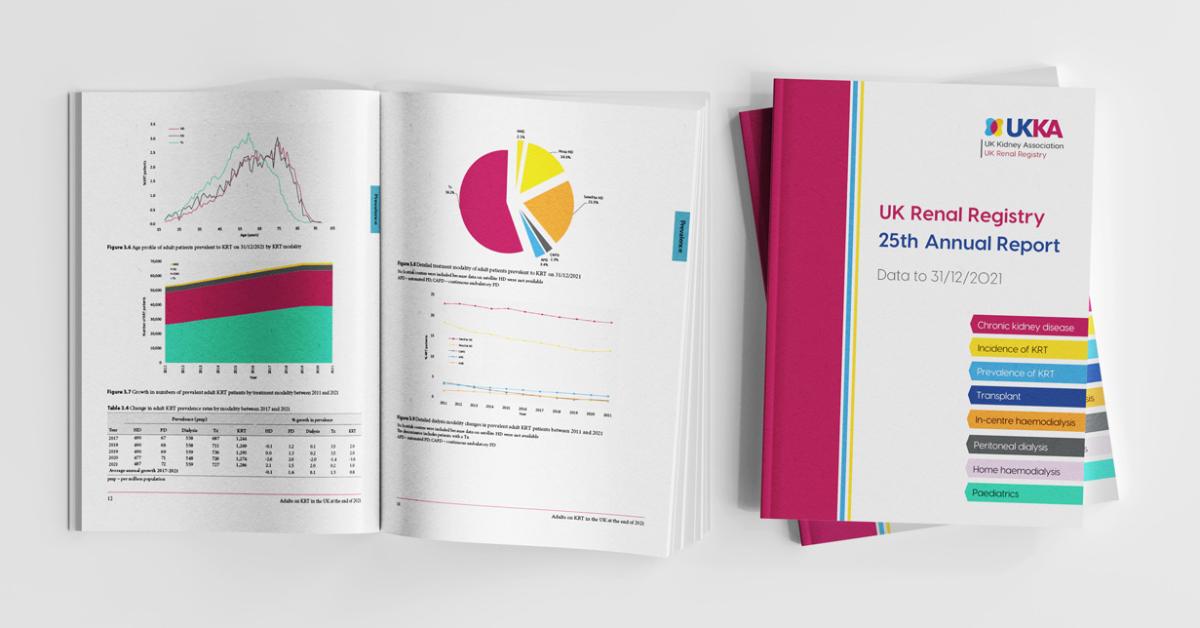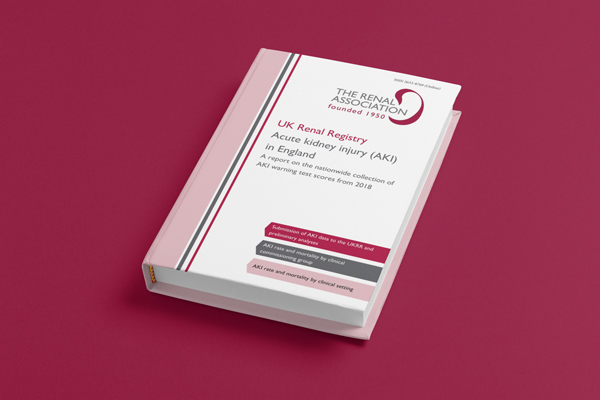Under development
Clinician Information
Congenital anomalies of the kidneys and urinary tract (CAKUT) occur in 4.2-30/10,000 live births and are the most frequently detected congenital malformation, accounting for 20-30% of all anomalies diagnosed antenatally. These structural kidney and urinary tract malformations are the most common cause of chronic kidney disease (CKD) in children and young people, accounting for approximately half of those requiring dialysis or a kidney transplant.
CAKUT consists of a diverse group of structural malformations characterized by defects in embryonic development. They include renal parenchymal malformations (renal agenesis, hypodysplasia or cystic dysplasia), abnormalities in embryonic renal migration or fusion (ectopic, pelvic, or horseshoe kidney), collecting system defects (pelvi-ureteral junction obstruction [PUJO], duplex kidney, primary megaureter or vesicoureteral reflux [VUR]) and abnormalities of the lower urinary tract causing bladder dysfunction and/or obstruction (posterior urethral valves [PUV], prune belly syndrome and bladder exstrophy).
CAKUT usually occur in isolation, although multiple different malformations can sometimes be seen in the same individual. In a third of cases, CAKUT is associated with extra-renal features, including other congenital anomalies, diabetes or hearing impairment and may also be seen as part of a syndrome affecting multiple organ systems.
CAKUT can be diagnosed during antenatal ultrasound screening. Renal parenchymal malformations may present as absent, echogenic, cystic, or abnormally large or small kidneys. Lower urinary tract obstruction, most frequently associated with PUV in boys, manifests as bilateral hydroureteronephrosis and an enlarged proximal urethra and bladder (resulting in the classic ‘keyhole’ sign on ultrasound images). At the severe end of the spectrum, lack of functional kidney tissue, as is seen in renal agenesis, results in oligo- or anhydramnios (insufficient or absent amniotic fluid which is generated in part by foetal urine) and the characteristic facies, limb anomalies and pulmonary hypoplasia of the Potter sequence which is associated with significant perinatal mortality and morbidity.
In those not diagnosed antenatally, CAKUT may manifest as failure to thrive in infancy, recurrent urinary tract infections, voiding difficulties or as part of a CAKUT- associated syndrome. Adults with previously undiagnosed malformations may also present with abnormal urinalysis, kidney stones, hypertension, CKD or with an incidental finding on imaging. Once diagnosed the urinary tract can be further evaluated for associated complications such as voiding dysfunction (urodynamics), reflux (micturating cystogram), functional obstruction (MAG3 renogram) and scarring (DMSA) as indicated.
Genomic testing is available via the NHS Genomic Medicine Service for individuals with isolated CAKUT and a family history (first-degree relative) of CAKUT or unexplained kidney failure. This test looks for copy number variants (CNVs) – large sections of DNA that are deleted or duplicated e.g., 17q12 deletion which includes HNF1B. Those with a phenotype suggestive of a particular syndrome should undergo testing for that indication. Families with VUR, duplex kidney, PUV or bladder exstrophy are unlikely to have an underlying monogenic cause.
Surgical intervention may be needed to relieve obstruction or create a urinary diversion with the aim of maintaining a low-pressure reservoir and facilitating voiding and continence. Intermittent self-catheterisation may be needed if ongoing bladder dysfunction and prophylactic antibiotics may be given for recurrent urinary tract infections. Regular monitoring of blood pressure, proteinuria and kidney function is recommended to screen for the development of CKD and its associated complications.




